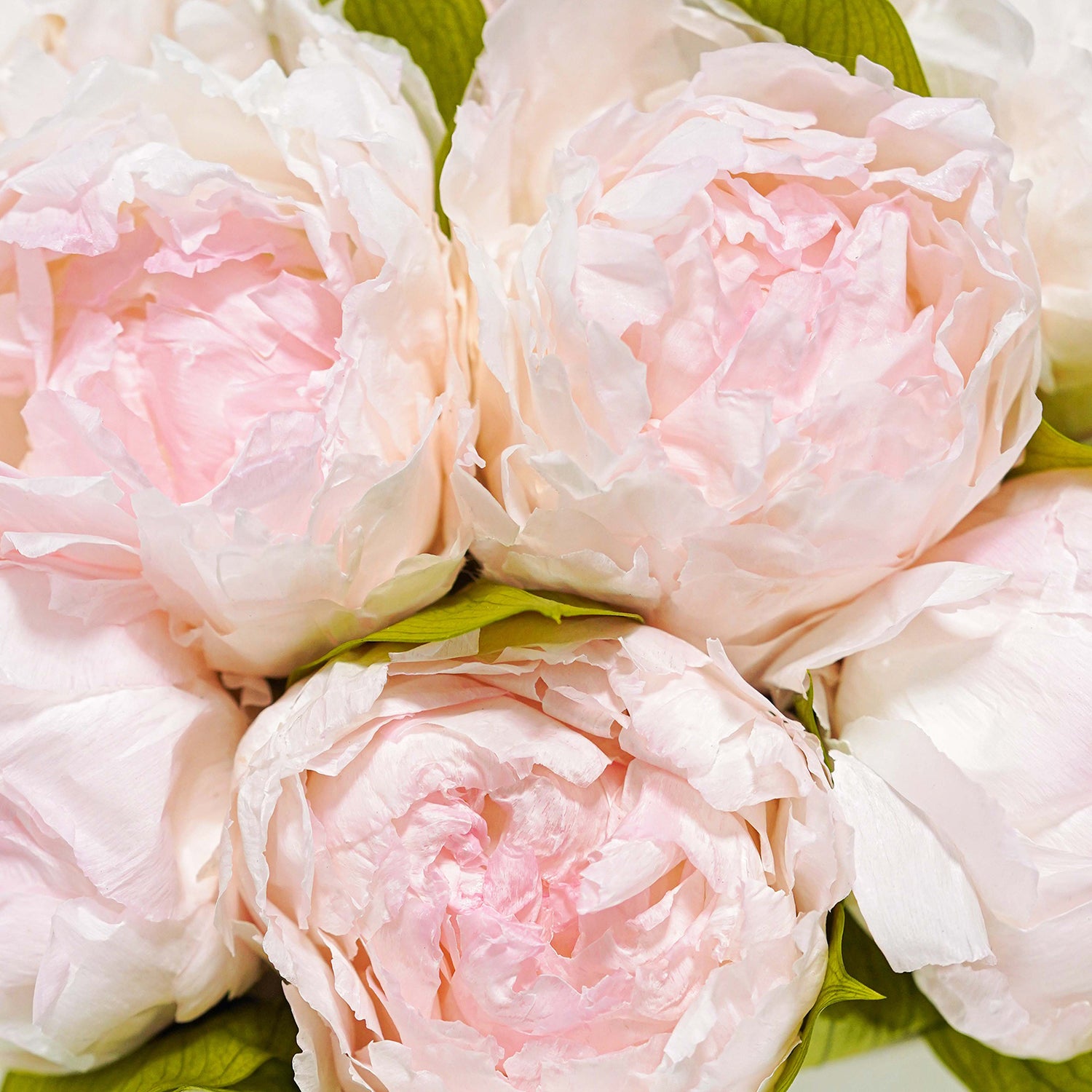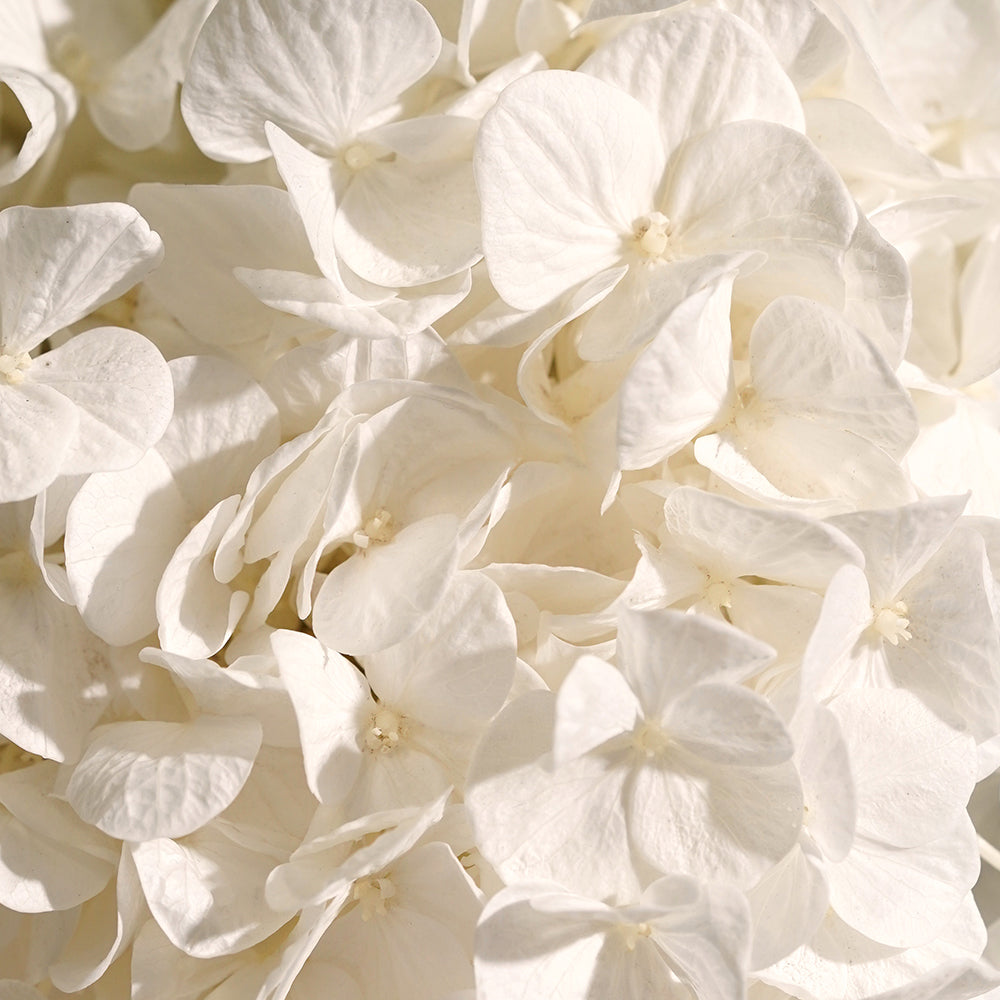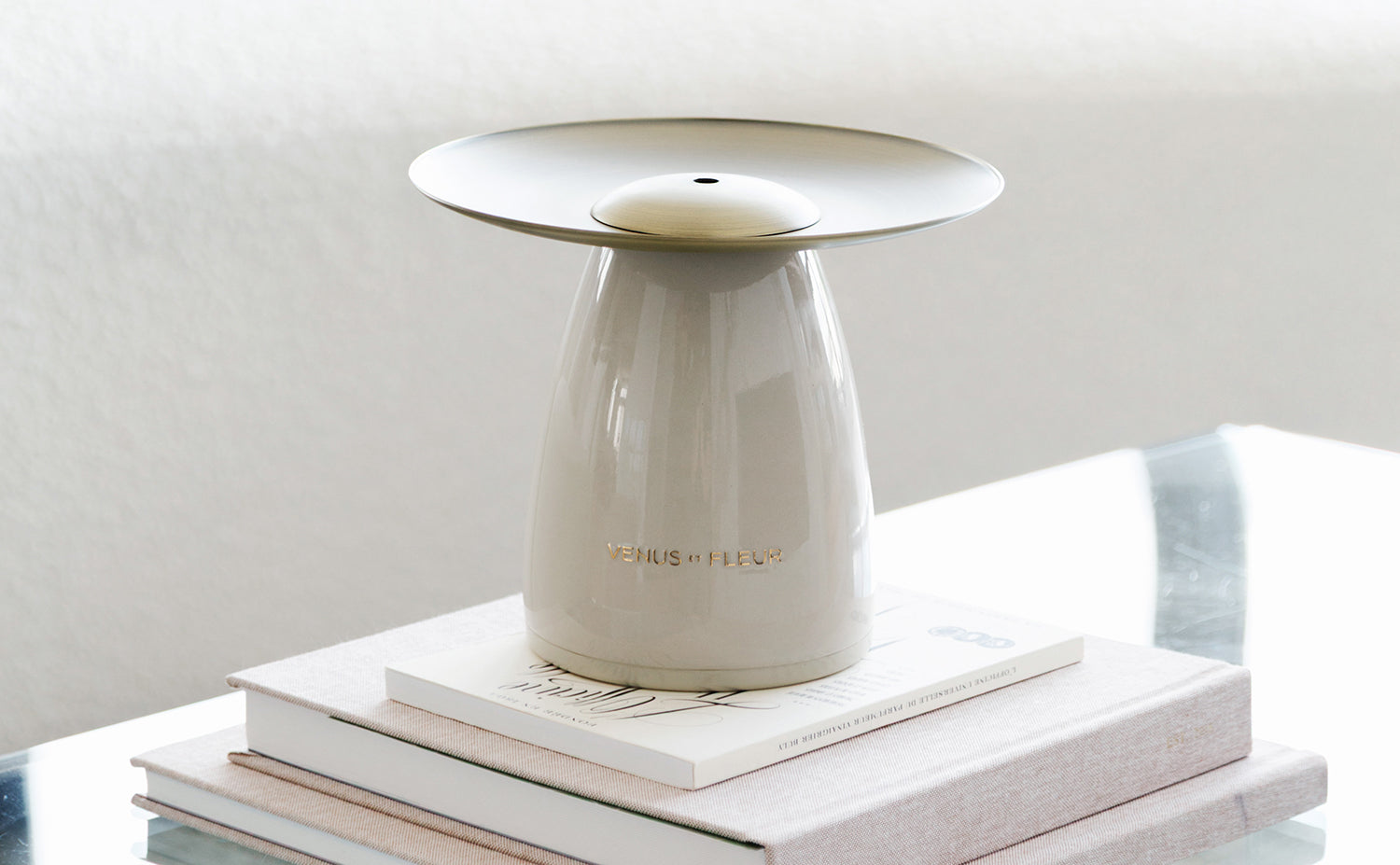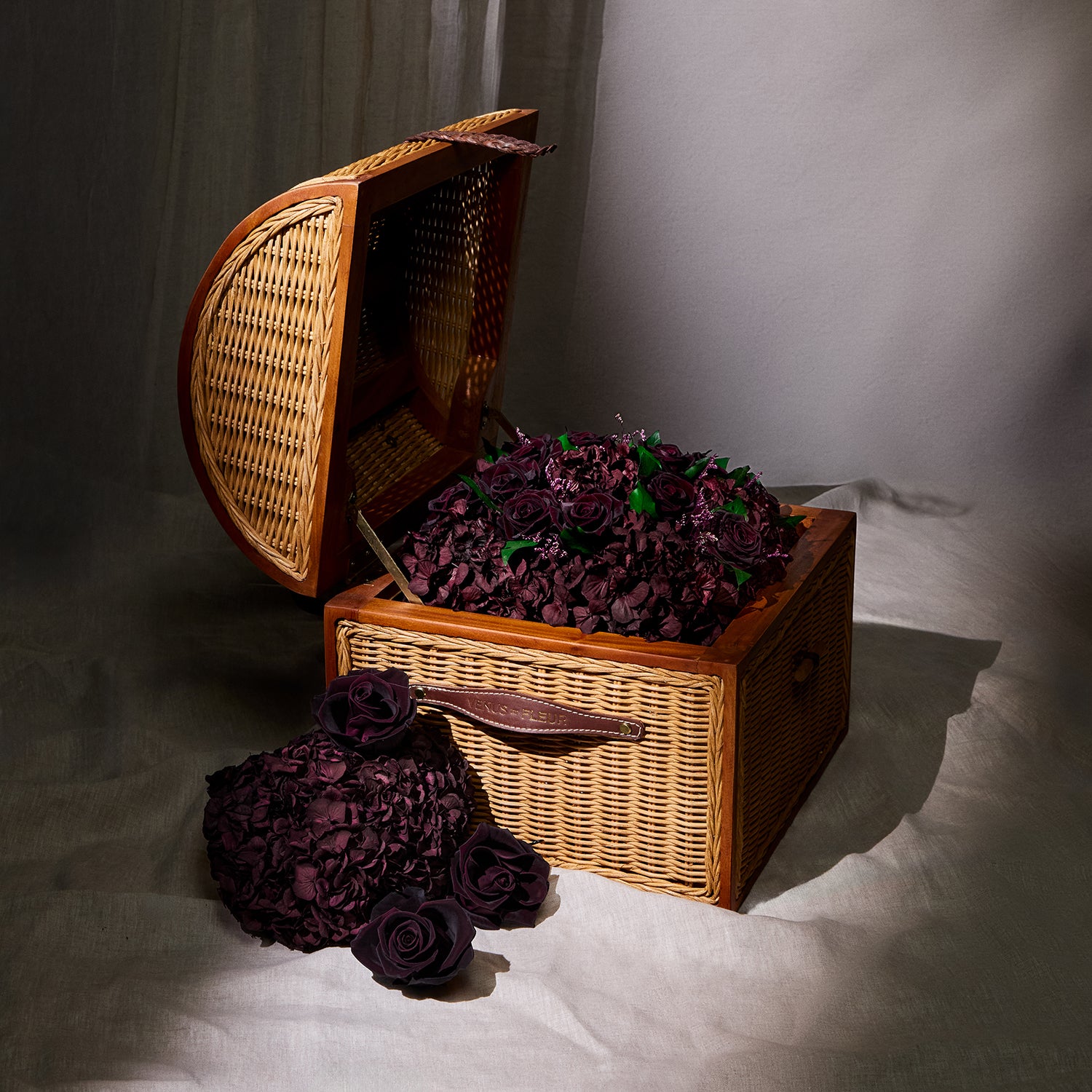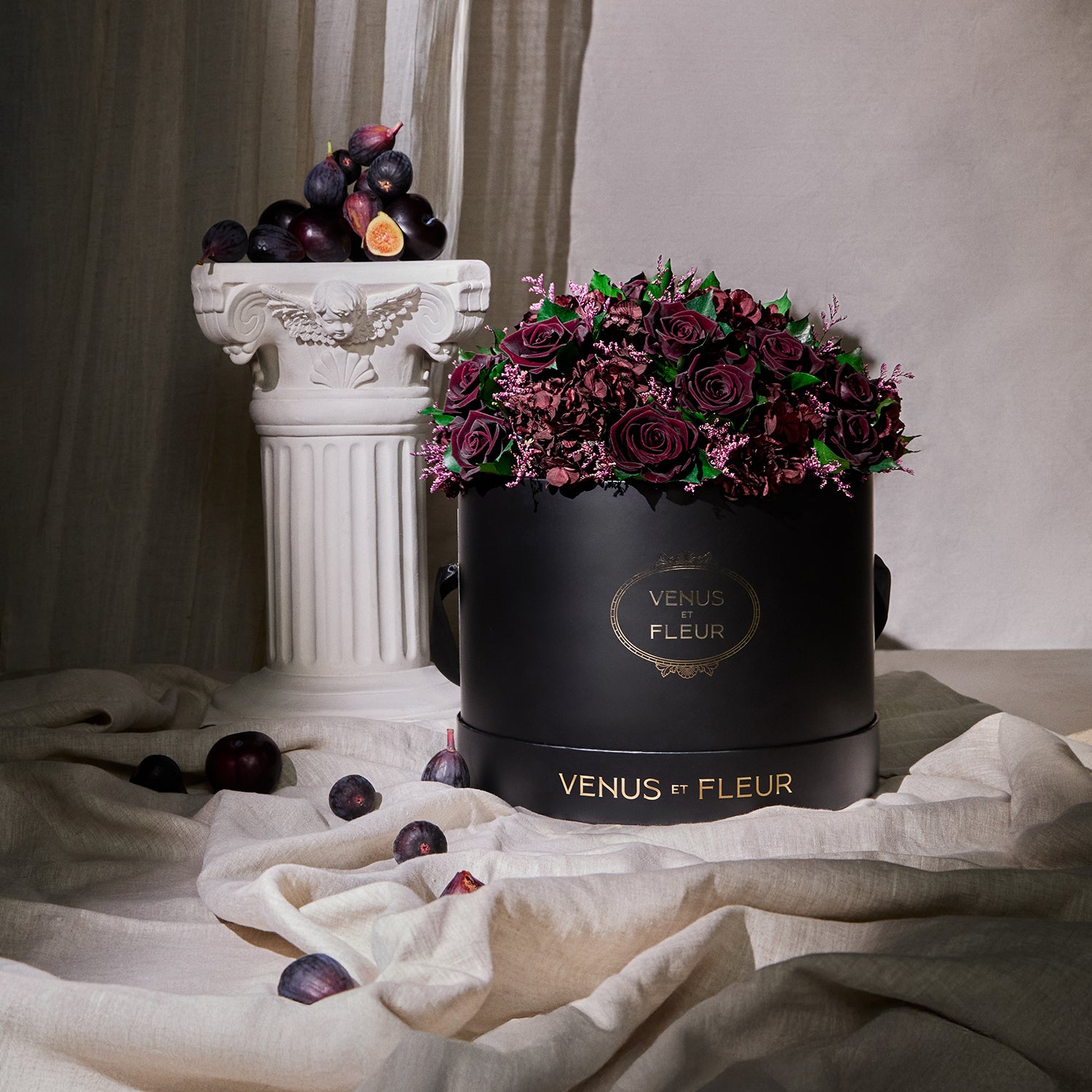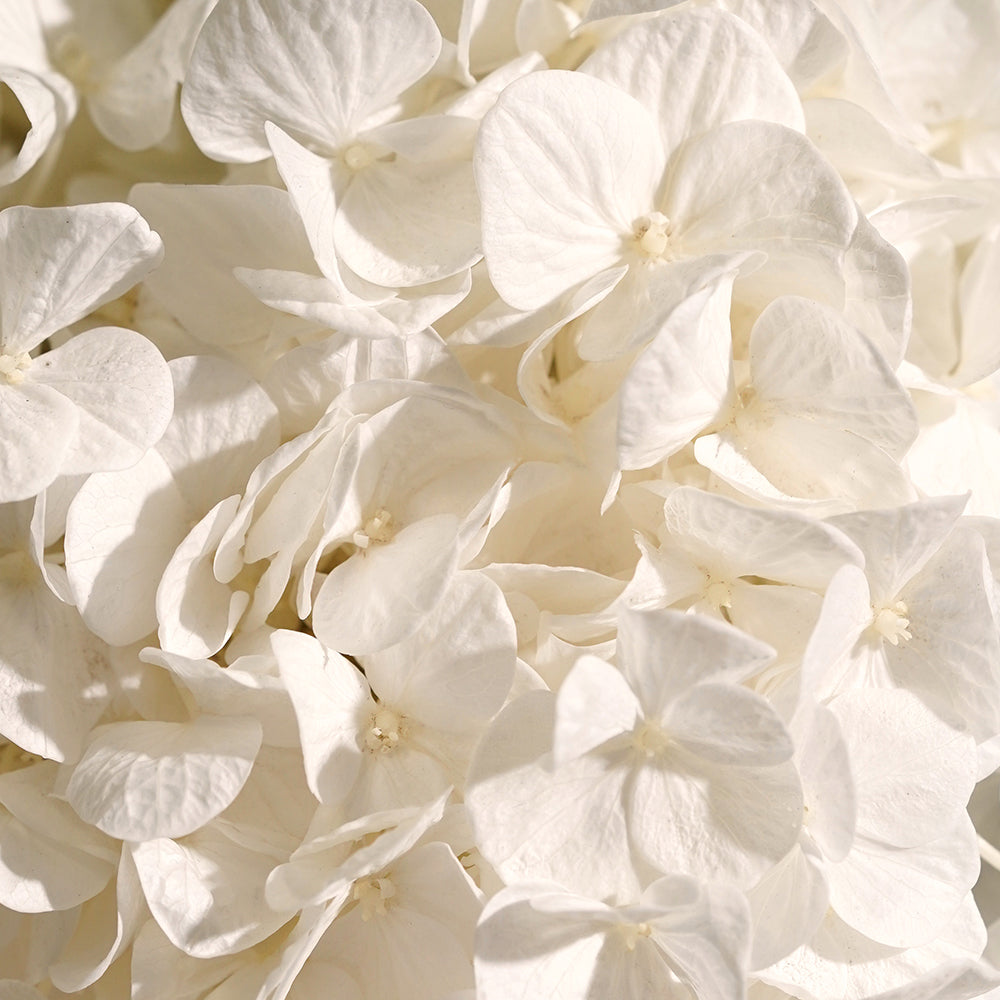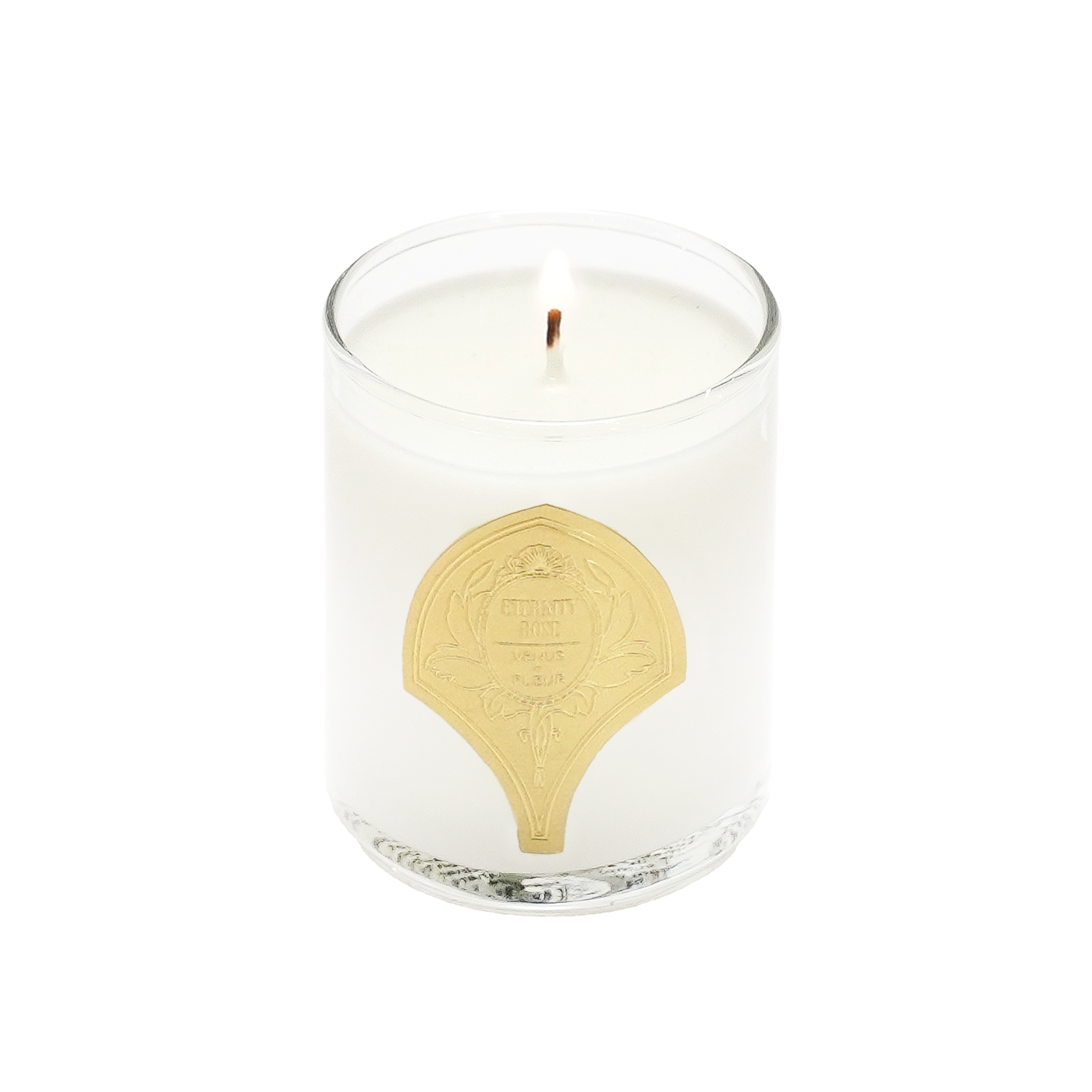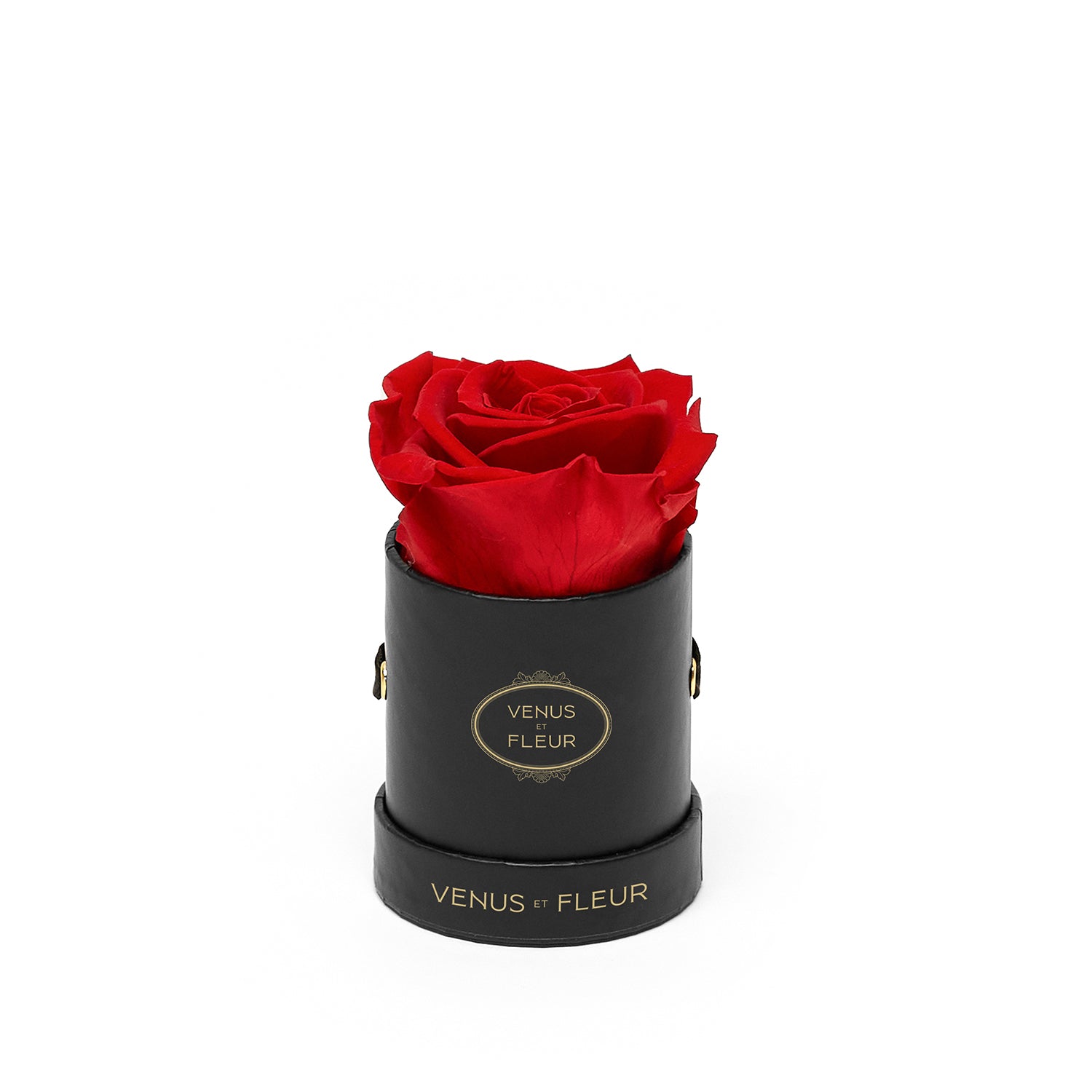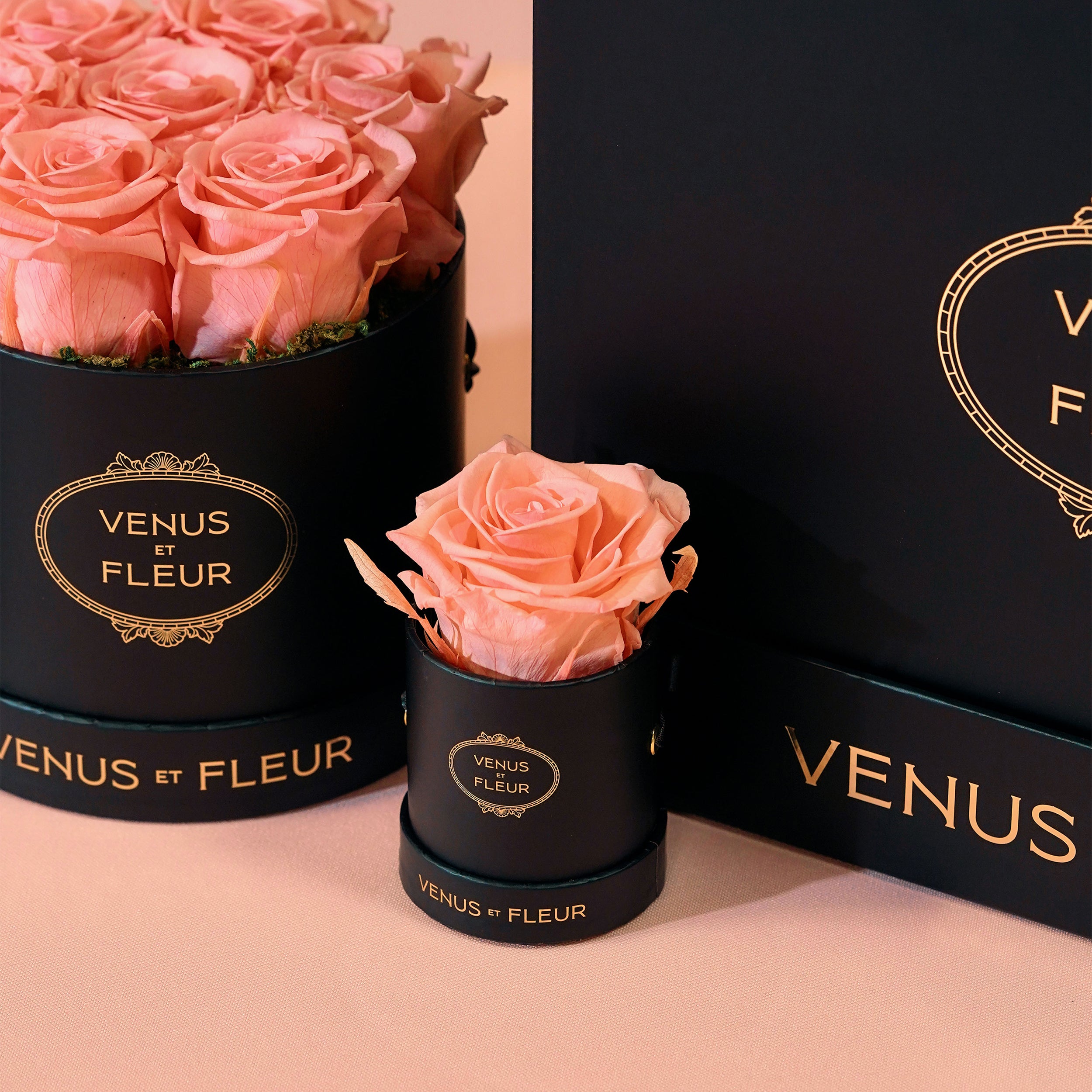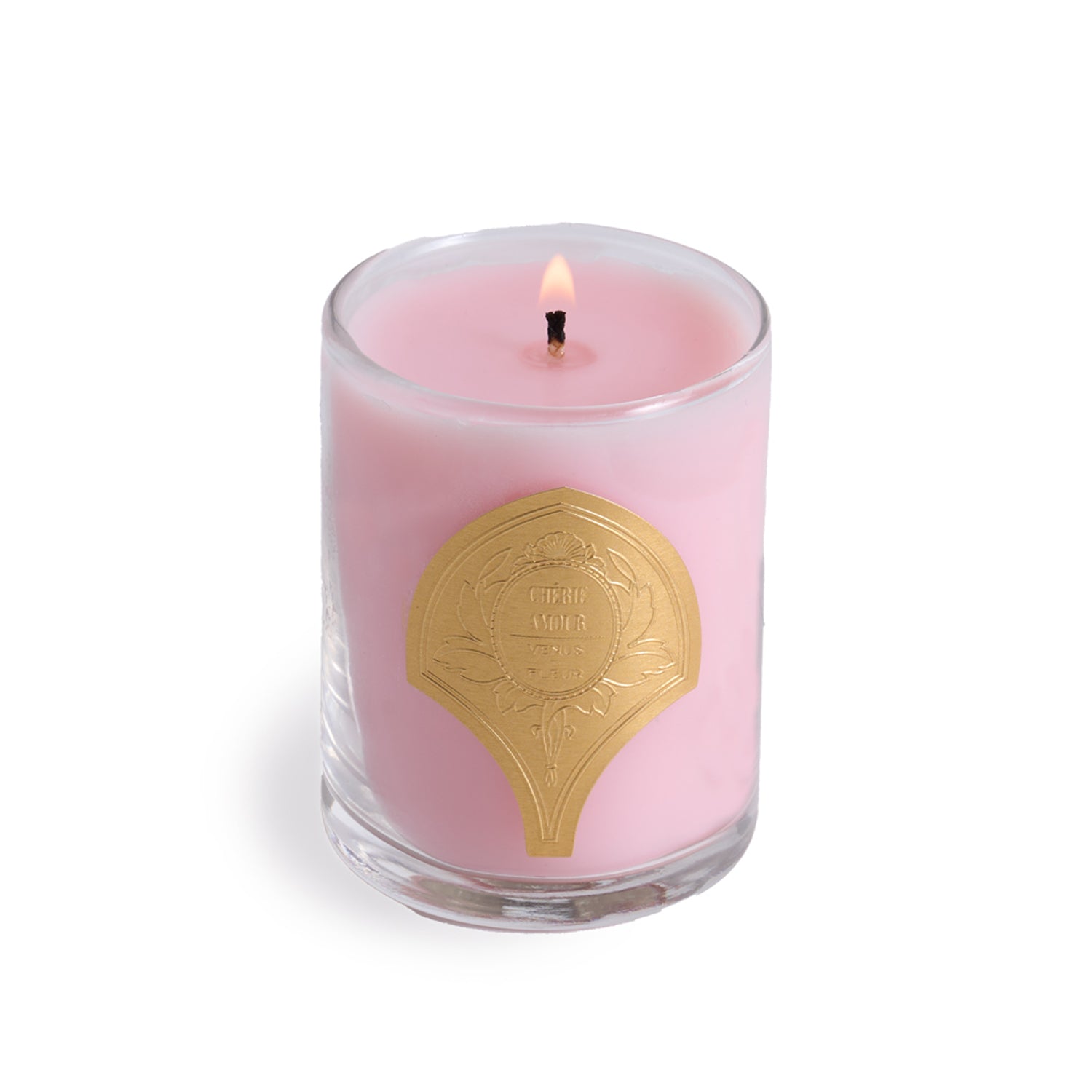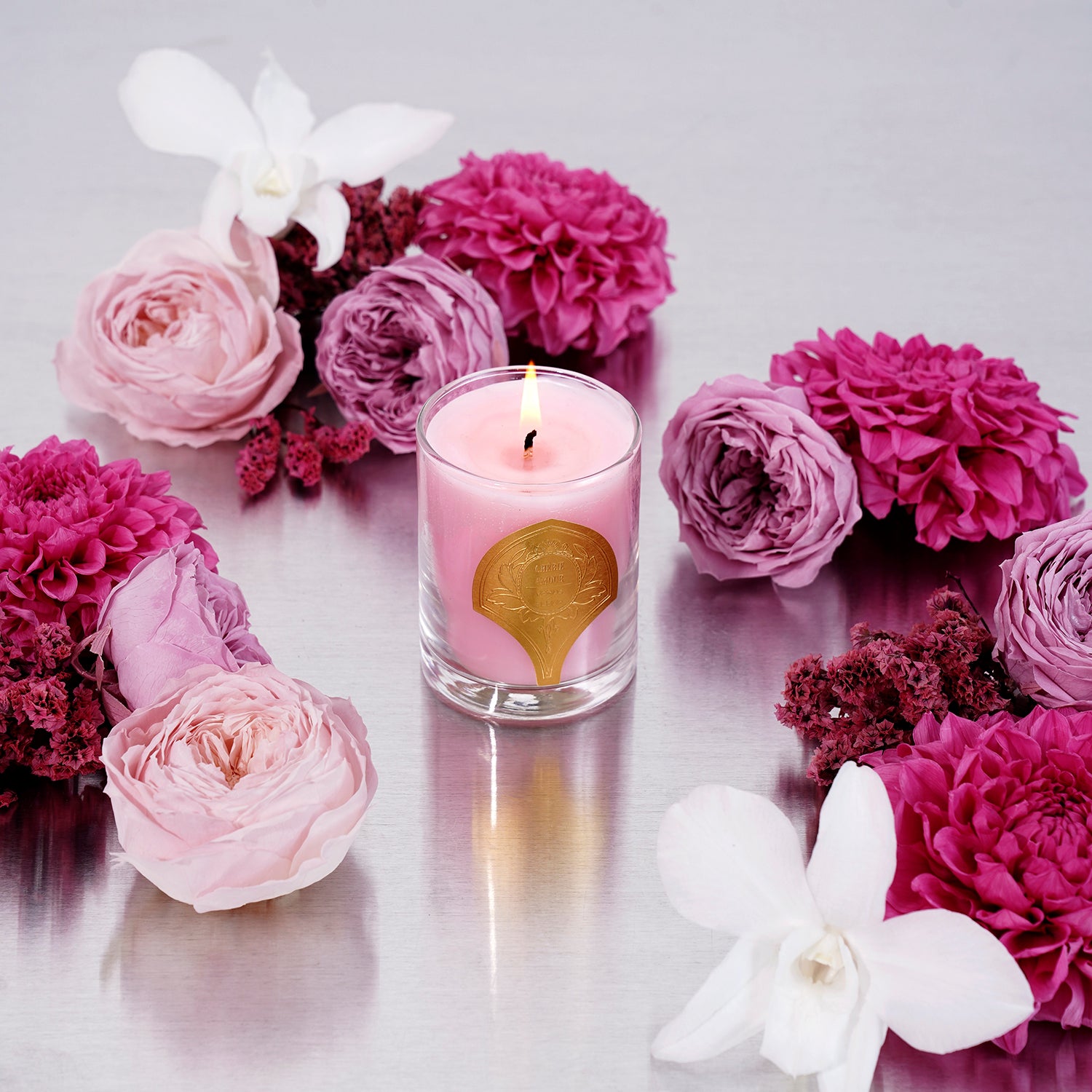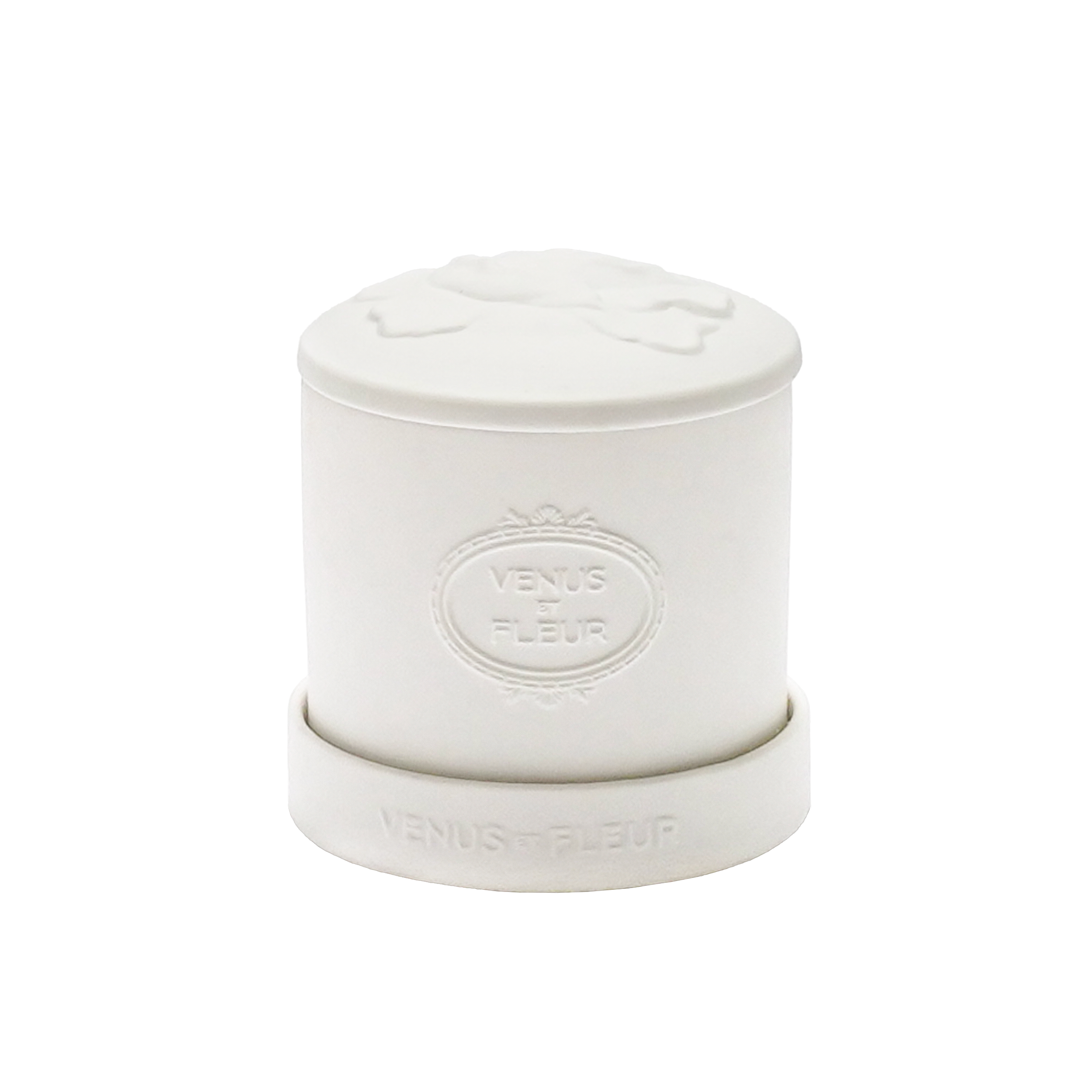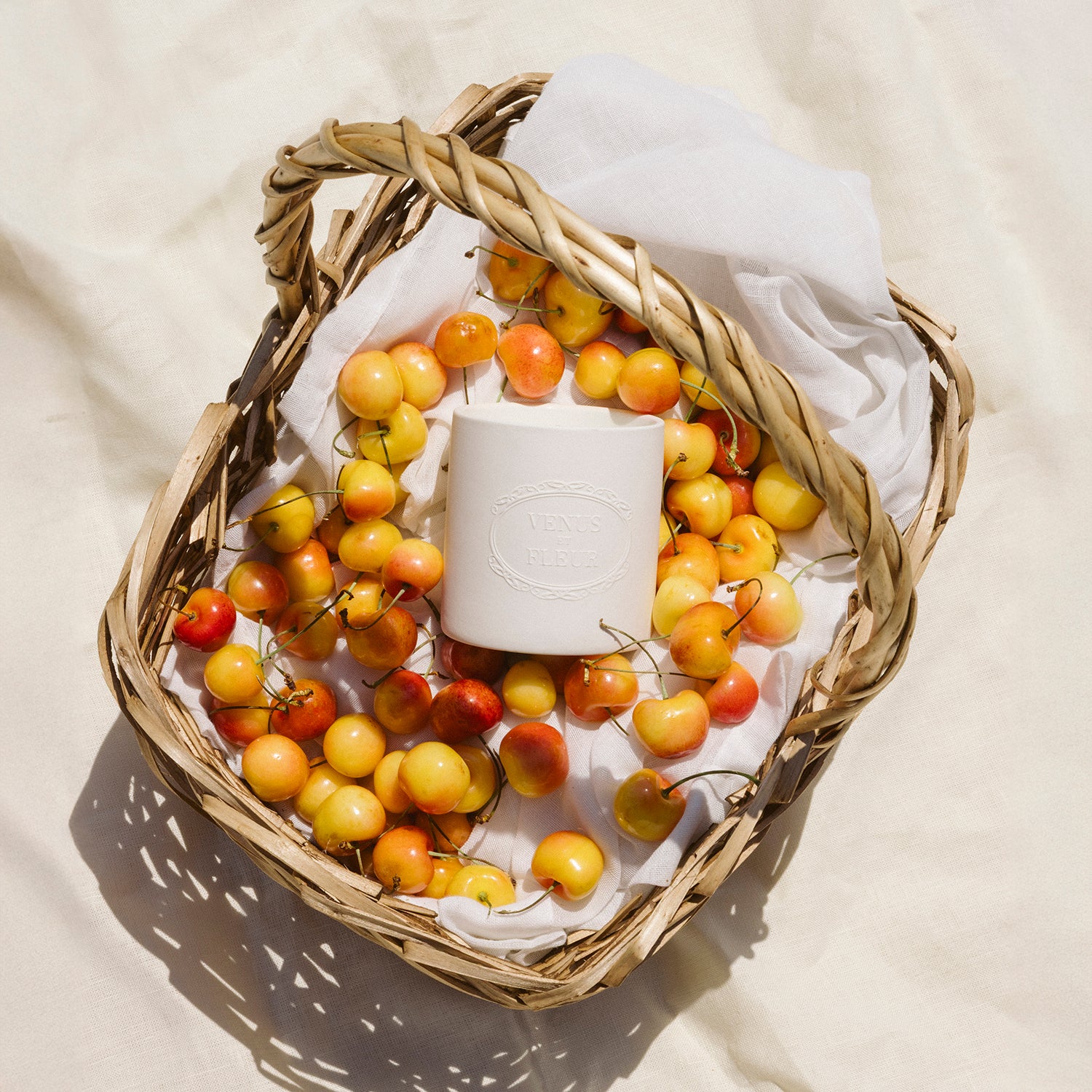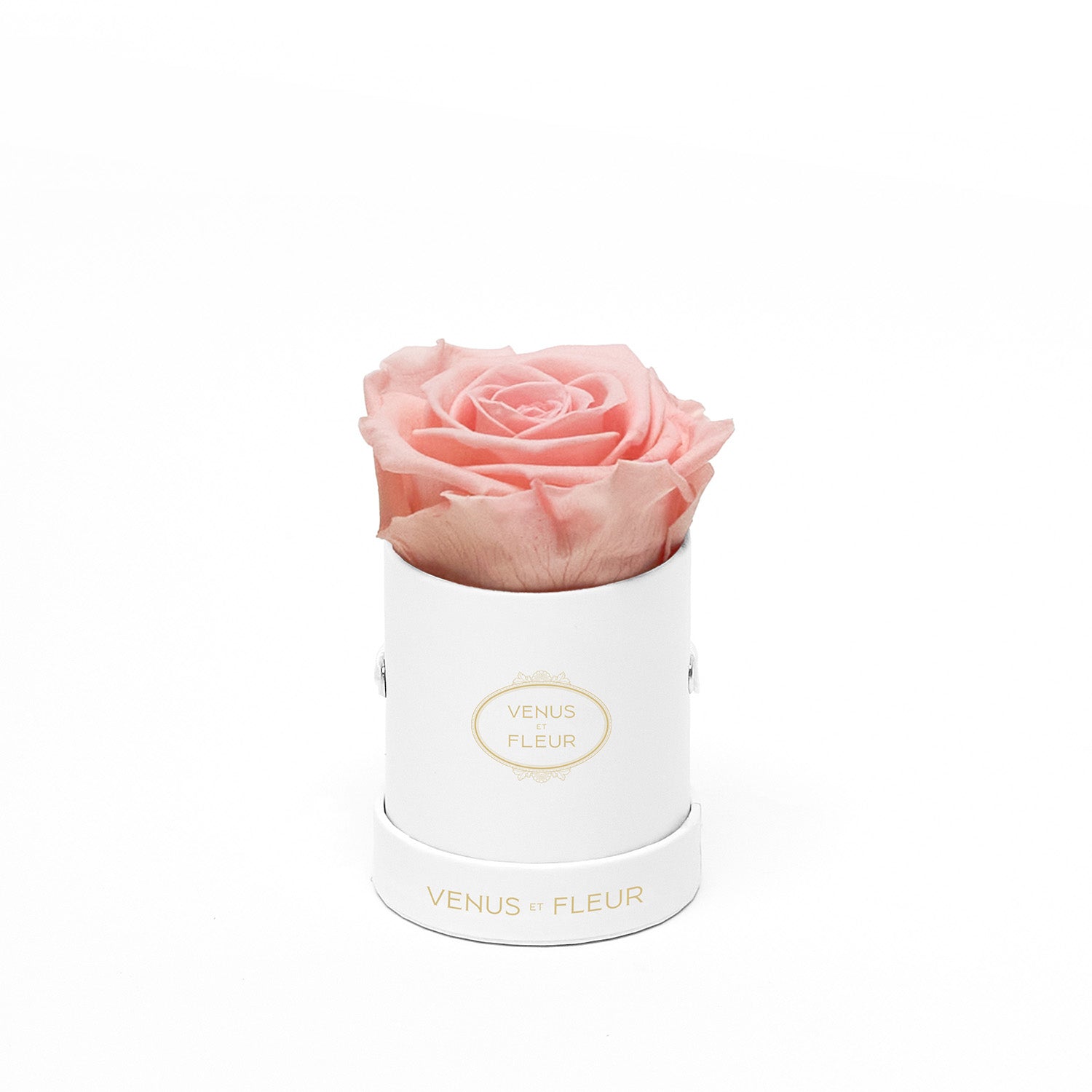
How to Take Care of a Bouquet of Roses
Roses make some of the most beautiful bouquets. Whether red, yellow, or mixed, they always stand out as romantic and touching. However, once flowers are cut from their plants, they have a very limited lifespan. To extend this lifespan, you must follow these important steps that enhance the look, strength, and longevity of your bouquet.
The First Steps in Maintaining a Beautiful Rose Bouquet
Receiving a bouquet of roses is exciting, but before putting them on display, you need to follow a few important steps to keep them beautiful.
- First, carefully remove the protective plastic liner. To avoid damaging the roses, pull the liner slowly over the top of the bouquet.
- Next, remove the bag that covers the floral foam, followed by the foam itself. Pull the foam with one quick tug, which helps catch excess floral foam and prevents a mess. Floral foam is used to keep flowers fresh during shipping and is not needed once the flowers are delivered.
- Be sure to rinse the bottom of the stems to remove excess foam.
- Next, remove the (outside) guard petals. The outer petals are unsightly but are left on the roses during shipping for the protection they provide.
- Roses need to absorb water in order to live long and remain vibrant and attractive. To facilitate this, place the stems under a running faucet, then cut one inch off the bottom of the stems. During this process, hold the flowers at an angle. Cutting the stems opens the roses’ pores, allowing them to absorb the water. Holding them at an angle aids the water absorption process.
- Next, remove excess foliage from the parts of the stems that will be underwater when the roses are in the vase. This prevents the foliage from dirtying the water. In addition, if this foliage is left underwater, it siphons water away from the blossoms.
- The vase should be filled with room temperature water. Do not forget to add one packet of flower food.
- After around three days, it’s time to change the water, re-cut the stems, and add the second packet of plant food. If the water’s color changes before three days, go ahead and change it. A change in color, particularly yellowed and cloudy water, indicates bacteria have infested the water, which will cause the roses to wilt.
- When selecting a spot to display the roses, look for a place with no direct sunlight, heat, or drafts, all of which reduce the flowers’ lifespan. For the longest life, store in a cool room.
Caring for Baby’s Breath Flowers Included in the Bouquet
Baby’s Breath flowers are wispy and whimsical. A refreshing sight, Baby’s Breath is often displayed at weddings. It can be fashioned into flower crowns for bridesmaids and flower girls. Brides find that Baby’s Breath provides a beautiful accent when worn in their hair.
These ethereal looking flowers make a beautiful addition to bouquets and centerpieces and are often added as filler. While they add beauty to the bouquet, Baby’s Breath flowers need additional care.
To ensure your Baby’s Breath bouquet flowers last a long time, follow the same initial care steps you do for the roses:
- Rinse the bottom of the stems to remove excess foam.
- Remove any guard petals from the stems to enhance the beauty of Baby’s Breath flowers. As with roses, the guard petals are left on to protect the blooms during shipping.
- Place Baby’s Breath under running water, holding at an angle. As with roses, Baby’s Breaths need to absorb water to remain vibrant and beautiful. To facilitate this, cut one inch off the bottom of the stems.
- As with the roses, remove excess foliage from the stems to keep the water clear and prevent it from stealing valuable moisture from the blooms.
Here are some pro tips on taking care of your Baby’s Breath:
- Display near the light and periodically rotate the vase, so flowers get the same amount of sun exposure.
- Resist the temptation to touch the flowers. Oils in our skin transfer to the flowers and speed decomposition.
- Display the flowers far from fruits and vegetables. Fruits and vegetables expel gasses that can kill flowers.
- Use flower food. If you have none, add aspirin to the water. Aspirin is thought to provide carbohydrates, which are essential to flower growth and survival.
- Use bottled water. You want the cleanest possible water.
- Add diet lemon-lime soda to the water. This lowers the pH balance of the H2O, which enhances water uptake.
- Add honey or 7-up to the water to provide the flowers with energy.
- Add a pre-1983 penny to the water. Pre-1983 pennies contain 90% copper, and it is thought that copper lowers water pH balance. After 1983, the U.S. Mint began using zinc instead of copper, which negates any effect a penny can have on your rose bouquet.
These tricks can extend the life of your rose bouquet and keep them looking fantastic.
How Long Does a Rose Bouquet last?
If well cared for, a rose bouquet can last for seven days or more. The amount of time roses live after being cut is referred to as the vase life. Increasing vase life requires ensuring your flowers stay well hydrated. For this reason, avoiding direct sunlight and storing in a cool area extends vase life. In addition, it is also important not to leave a bouquet in a hot car. Just a few hours trapped in the heat can suck the water out of your roses and leave them wilted.
How to Extend Vase Life
Roses are beautiful, romantic, and costly, so it is no wonder people want to make them last. To extend vase life, follow these important practices:
Keep the Vase Clean
The vase should be washed before submerging the cut stems in water. Also, clean the vase every time you change the water. Be sure to wipe the inside of the vase. This removes residue that promotes bacteria formation.
Change the Water Regularly
By keeping an eye on the water, you can extend vase life. If it begins to change colors, make the change immediately. Otherwise, change the water every two or three days. Avoid the temptation to top off the water.
Do Not Let Anything Sink Below the Surface
Petals and greenery serve as bacteria factories when submerged in the water. Be sure the vase size is sufficient to keep them above the water while providing the right height for the blooms.
Know What’s in the Flower Food
Many flower foods contain sugar. This is an important additive because flowers need sugar to blossom and remain healthy. However, bacteria also utilize sugar to grow, and bacteria is the surest killer of your rose bouquet. To prevent bacteria from feasting on the sugar, use bleach to disinfect the vase and add lemon juice as an acidifier.
Why Flower Food is so Important
Once a flower is cut away from its plant, it loses its natural food source. Without a replacement, the flowers last only a short time and quickly become wilted and unattractive. When you purchase flowers from a florist, a plant food packet may be included. Using this packet will extend the life of your rose bouquet to seven days or more while also keeping them looking healthy, strong, and beautiful.
Flowers need three ingredients to survive and thrive: carbohydrates, biocides, and acidifiers. Flowers use carbohydrates for cell metabolism, biocides to fend off bacteria, and acidifiers to lower the pH balance of the water, which increases water absorption.
Homemade Flower Food
It is also possible to make flower food using common household substances. The key is using ingredients that provide flowers with the carbohydrates, biocides, and acidifiers that need to thrive. Here is one example of a flower food recipe:
1 Teaspoon Sugar
Sugar is necessary for flowers to grow and survive. This is their energy source, and without this energy, they wilt and fade.
1 Teaspoon Household Bleach
Sugar helps both plants and bacteria grow. To keep bacteria under control, add bleach to the preservative recipe. The disinfectant will kill bacteria, so your roses can last.
2 Teaspoons Lemon or Lime Juice
Lemon or lime juice naturally lowers the pH balance of the water. With a low pH balance, your roses will stay hydrated and standing tall.
1 Quart Lukewarm Water
Mix the sugar, bleach, and lemon or lime juice in 1 quart of lukewarm water, and you have the perfect flower food.
Final Thoughts
If you’re interested in making a longer-lasting flower purchase, consider our Small Square arrangement.
Flowers survive because of the tender loving care of their owners. To thrive, a bouquet of roses needs clean, low pH balance water, plant food preservatives, and bacteria-fighting biocides. With these elements in place, the roses can thrive and last for a week or longer. Keeping the vase clean and regularly changing the water is also very important. With the proper maintenance, roses can adorn your home and serve as an expression of love and vitality.
Are you wondering about our COVID precautions? Visit our FAQ page.
External sources:
https://www.hunker.com/12493151/how-often-should-you-change-the-water-for-flowers
https://www.southernliving.com/home/pennies-flowers
https://homeguides.sfgate.com/sugar-cut-flowers-live-longer-61707.html


